As the cold months approach, maintaining a warm and energy-efficient home becomes increasingly crucial. Cold air leaks, a common yet often overlooked issue, can significantly impact heating costs and overall comfort. This article offers a detailed guide on identify and stop cold air leaking into your home, ensuring your home remains a cozy refuge against the winter chill. You’ll discover a range of practical, straightforward strategies, from inspecting common leak sources like windows and doors to addressing less obvious areas. Embrace these tips to enhance your home’s warmth and efficiency, making your living space more inviting and cost-effective during the colder seasons.
Contents
- 1 The Basics of Cold Air Leaks
- 2 Inspecting Your Home for Leaks
- 3 Sealing Windows Effectively
- 4 Door Insulation Techniques
- 5 Enhancing Wall and Floor Insulation
- 6 Smart Thermostat for Efficient Heating
- 7 Regular Maintenance of Heating Systems
- 8 Utilizing Renewable Energy Sources
- 9 Seal The Deal On A Warmer Home
The Basics of Cold Air Leaks
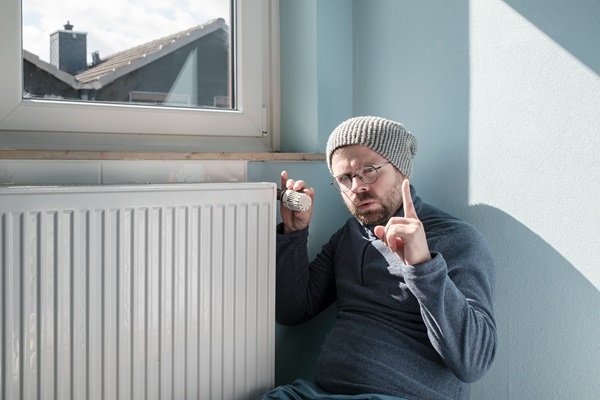
Cold air leaks are unwelcome intrusions of winter air into your home, leading to increased energy bills and a persistent chill. These leaks occur when external air infiltrates your living space, causing your heating system to overwork. Common sources include gaps in windows, doors, and attics. Understanding these leaks’ dynamics is crucial for effective prevention. Recognizing signs like noticeable drafts or fluctuating temperatures is the first step toward a warmer, more energy-efficient home. Additionally, understanding the impact of these leaks on your home’s thermal balance is essential for prioritizing repair and insulation efforts.
The impact of cold air leaks goes beyond mere discomfort; they significantly affect your home’s energy efficiency. In winter, warm air escaping through these leaks can account for a large portion of your heating expenses. Detecting these leaks might not always be straightforward, as they can be hidden or subtle. However, knowing common leak areas simplifies the detection process. With this knowledge, targeted actions can be taken to seal these leaks, enhancing comfort and energy efficiency and ultimately leading to a more sustainable living environment.
Inspecting Your Home for Leaks
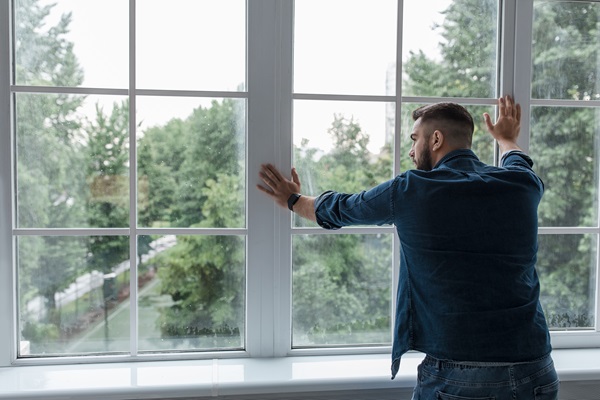
Conducting a thorough inspection of your home is crucial for identifying areas where cold air may be entering. Start by examining windows and doors, as these are common points for leaks. Look for visible gaps, feel for drafts, and check for aging or damaged seals. It’s also important to inspect less obvious areas, such as attic hatches, electrical outlets, and baseboards. This comprehensive approach ensures no potential leak is overlooked.
For more precise detection of air leaks, simple tools like incense sticks can be used. Light the stick and hold it near suspected leak areas; the smoke’s movement will indicate airflow. This method is particularly effective for uncovering hidden leaks. Detecting and sealing these leaks not only improves warmth but also contributes to energy savings by reducing the strain on your heating system. Additionally, this proactive approach can prevent long-term damage caused by moisture and mold, which often accompany air leaks.
Sealing Windows Effectively
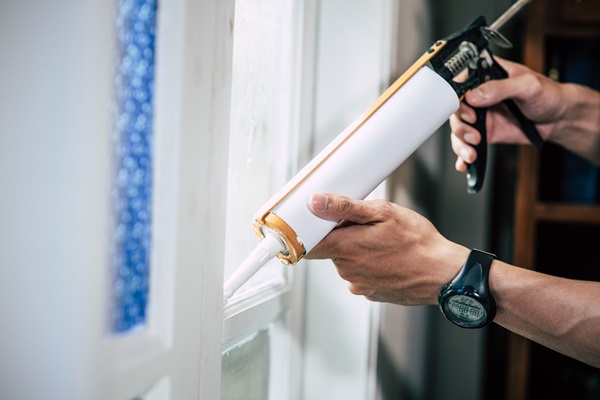
Windows are often the main culprits in allowing cold air into your home. Over time, seals can deteriorate, and gaps may form, making them prime targets for air leak prevention. The first step in sealing windows is to apply caulk to any cracks or gaps in the window frame. Ensure the caulk is weather-resistant and suitable for the material of your window frames. This simple measure can significantly enhance the thermal integrity of your windows.
In addition to caulking, weatherstripping is another effective method for sealing windows. Weatherstripping involves applying a strip of material around the movable parts of the window to create a tight seal when closed. This prevents cold air from entering and helps retain the warmth inside. Regular maintenance, such as checking the integrity of the caulk and weatherstripping each year, is key to ensuring long-lasting effectiveness. Furthermore, consider double-glazing or storm windows for additional insulation, especially in regions with harsh winters.
Door Insulation Techniques
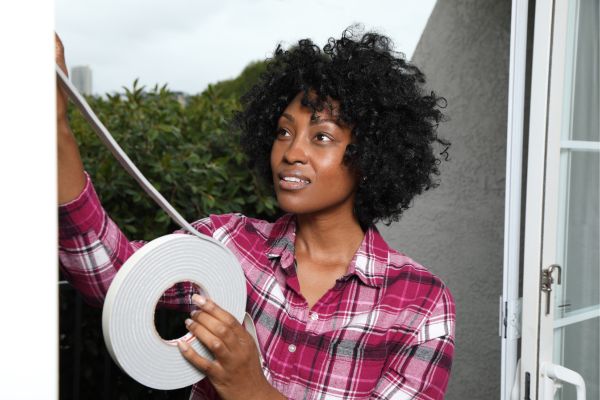
Doors, like windows, play a significant role in home insulation. Even small gaps under or around doors can lead to significant cold air intrusion. To combat this, consider installing a door sweep on the bottom of exterior doors. A door sweep is a simple yet effective tool that blocks air from entering underneath the door. This addition can make a noticeable difference in maintaining indoor temperatures. Another strategy is to use draft stoppers or weatherstripping around the door frame. These materials fill the gaps between the door and the frame, preventing cold air from seeping in.
For sliding doors, ensure the seals are intact and consider using insulating films for added protection. Regular checks and maintenance of door insulation are crucial, especially before the onset of winter, to ensure your home remains warm and draft-free. Additionally, for doors with glass panels, applying weatherproofing film can provide an extra layer of insulation, further enhancing the door’s ability to keep cold air out.
Enhancing Wall and Floor Insulation
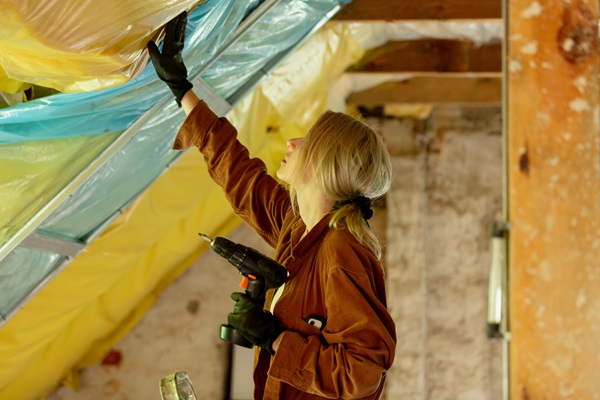
Proper insulation in walls and floors is a critical factor in preventing cold air from seeping into your home. Many older homes lack sufficient insulation, allowing cold air to penetrate through walls and floors, especially in basements and unheated spaces. Adding or upgrading insulation in these areas can significantly improve your home’s ability to retain heat. There are various insulation materials available, such as fiberglass, foam boards, and cellulose, each with its own advantages. It’s important to choose the right type of insulation for your specific needs and to ensure it’s installed correctly for maximum effectiveness.
In addition to installing new insulation, sealing gaps and cracks in walls and floors is equally important. These can be found near baseboards, where walls meet floors, and around electrical outlets and plumbing fixtures. Using caulk or expanding foam to seal these gaps can significantly reduce cold air infiltration. For basements and crawl spaces, consider using rigid foam boards or spray foam insulation for better thermal protection. Regularly inspecting and maintaining your home’s insulation is vital to ensuring long-term efficiency and comfort.
Smart Thermostat for Efficient Heating

Utilizing a smart thermostat can greatly enhance your home’s heating efficiency and comfort. These devices allow for precise temperature control and can learn your schedule, adjusting the heating accordingly to reduce energy waste. For instance, a smart thermostat can lower the temperature when you’re not home and warm the house just before you return. This prevents unnecessary heating and ensures a comfortable environment when you’re home. Additionally, many smart thermostats offer remote control via smartphones, enabling you to adjust settings even when you’re away.
The benefits of a smart thermostat extend beyond just convenience. By optimizing your heating schedule, these devices can significantly reduce your energy bills. They provide detailed energy usage reports, helping you understand your heating patterns and identify opportunities for further savings. Some models even offer maintenance reminders and alerts for sudden temperature drops, indicating potential cold air leaks. Investing in a smart thermostat is a step towards a more energy-efficient, modernized home heating system.
Regular Maintenance of Heating Systems
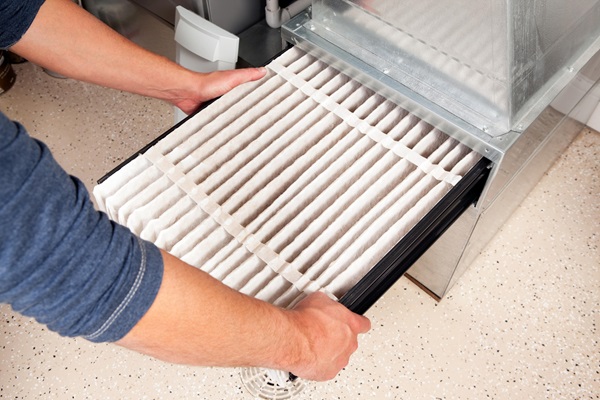
Regular maintenance of your home’s heating system is crucial for ensuring its efficiency and longevity. A well-maintained heating system not only operates more efficiently but also helps in evenly distributing warmth throughout your home, combating cold spots caused by air leaks. This includes routine tasks like replacing filters, cleaning vents, and checking for any blockages or malfunctions. Professional servicing of your furnace or boiler should be done annually to ensure it’s operating at peak efficiency. This can prevent common issues that lead to heat loss and higher energy consumption.
Moreover, during maintenance checks, it’s important to assess the ductwork for leaks or damage. Leaky ducts can significantly contribute to heat loss, allowing warm air to escape before it reaches your living spaces. Sealing and insulating ducts, especially those that run through unheated areas like attics or crawl spaces, can dramatically improve your heating system’s effectiveness. Regular maintenance enhances your heating system’s performance and contributes to a more consistent and comfortable indoor climate.
Utilizing Renewable Energy Sources
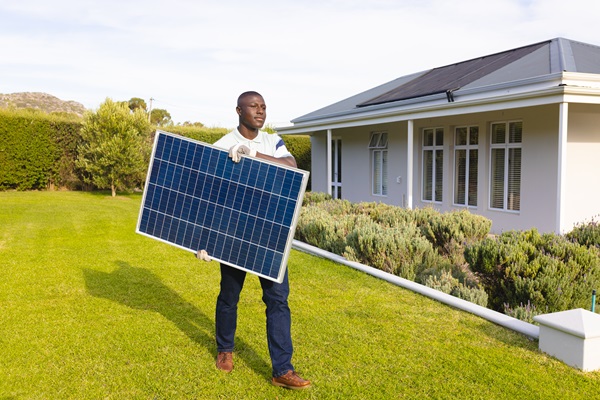
Incorporating renewable energy sources into your home heating strategy can be an effective way to combat cold air leaks. Solar panels, for instance, can be used to generate electricity or heat water, reducing reliance on traditional heating methods. This not only contributes to a more sustainable living environment but also can provide significant savings on energy bills. Solar energy systems have become more affordable and efficient, making them a viable option for many homeowners.
Another renewable option is the installation of geothermal heat pumps. These systems utilize the stable temperature of the earth to provide heating in the winter and cooling in the summer. While the initial installation can be costly, the long-term savings and environmental benefits are substantial. Geothermal systems are known for their efficiency and can significantly reduce the need for traditional heating, thereby lessening the impact of cold air leaks. Exploring renewable energy options is a forward-thinking approach to home heating and environmental stewardship.
Seal The Deal On A Warmer Home
Safeguarding your home from cold air leaks is an essential step towards a more comfortable, energy-efficient living space. By implementing the strategies discussed, from enhancing insulation to embracing smart technology and renewable energy sources, you can significantly reduce heat loss and energy costs. Remember, the effort you put into sealing your home today not only promises immediate comfort but also contributes to long-term savings and sustainability. Start taking measures now to fortify your home against the cold and enjoy a warmer, more efficient environment.


